When momentary adjustments to an athlete’s natural style or profile are beneficial
Every athlete has a way of doing things that just feels right. A way they like to shoot, or move, or run. Like writing with your dominant hand, it’s comfortable and not in any way forced. That’s what a ‘natural profile’ or ‘natural style’ in the AthleteDISC Profile is, it’s the way you prefer to do things.
When an athlete is able to compete according to this natural style, rather than continually making significant adaptations, they perform at their best. They’re not using any extra energy to do something that doesn’t come naturally.
An ‘adaptation’ is a behavior we adjust based on the environment we’re in, and there are two main types of adaptations we make – momentary and sustained. Maybe we need to interact with a team member who has a different DISC Profile to us, or we need to adapt to make a certain play. These types of adaptations are Momentary Adaptations and they are necessary to benefit us and our team.
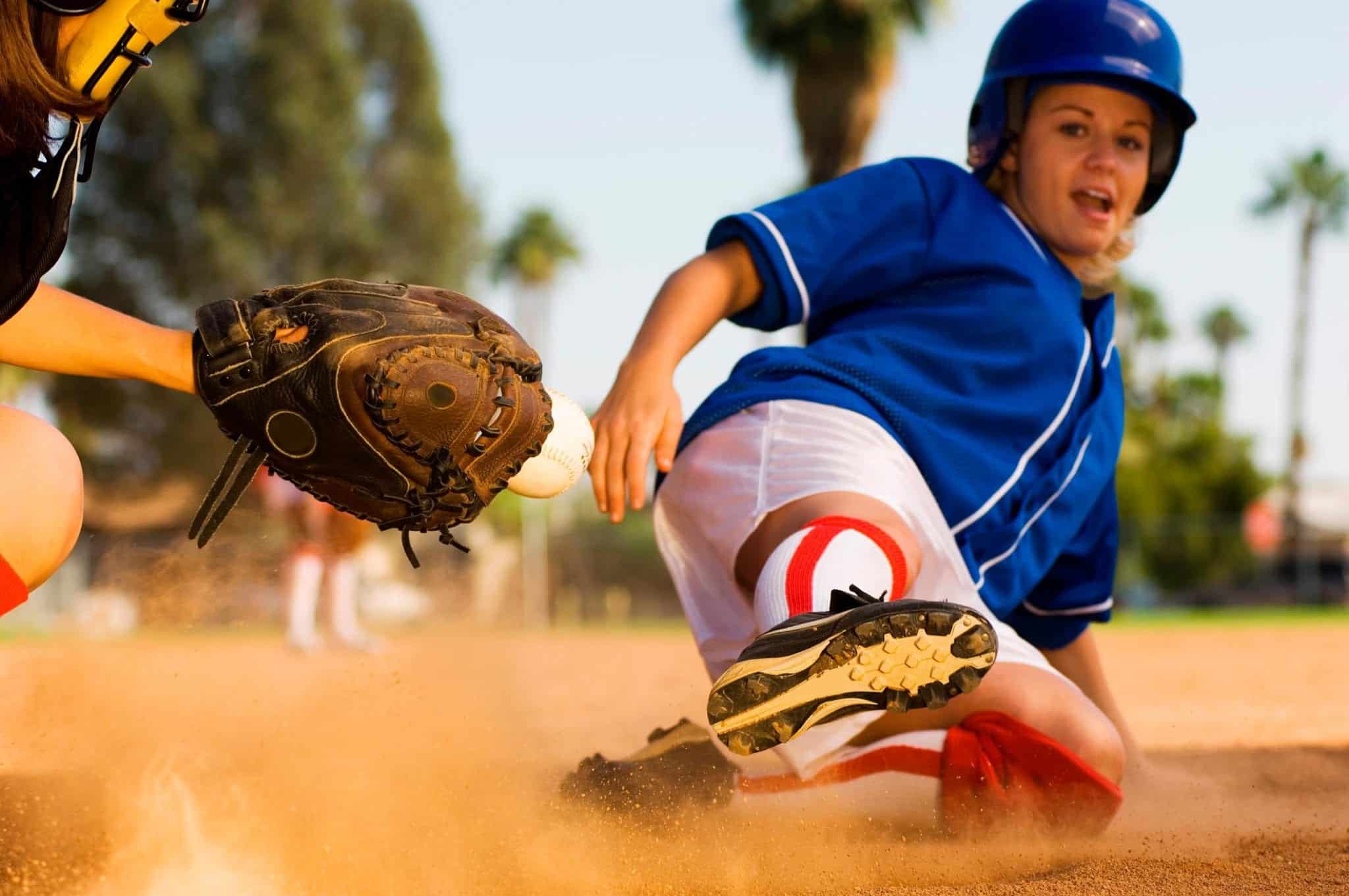
Conversely, sustained adaptations can be detrimental and Bo Hanson, Senior Consultant at Athlete Assessments explains why. He says, “large, sustained adaptations can create stress (distress) due to the amount of energy required to focus on the adapted behavior. Also, large adaptations create feelings of operating outside of our comfort zone for long periods, which can wear a person down. Examples include playing out of position, being on a team where a coach is needing to utilize skills which you consider to be your limitations or being in a role which does not suit how you most prefer to behave.”
Identifying a sustained adaptation is essential for athlete longevity and the easiest way to identify it says Hanson, “is the ‘feeling’ one gets whilst adapting and the feeling of fatigue associated with the adaptation once completed.” By the way, the AthleteDISC Profile also helps significantly here.
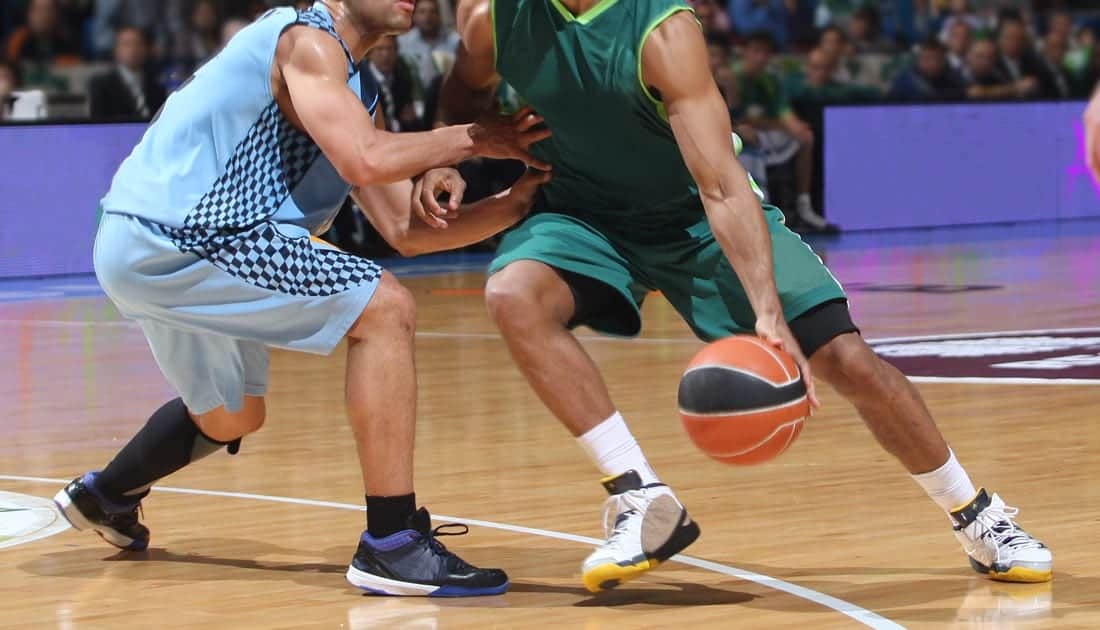
He says, “as coaches, we need to be aware of this and assist our players to make momentary adaptations to suit the environment, rather than asking them to behave in a way that creates a sustained adaptation and subsequently creates sustained stress.”
Considering the negative effects of sustained adaptations, it’s crucial that athletes learn how to make momentary adaptations, because it’s inevitable that a situation will rise when they need to act differently for the team’s or their own benefit.
Watch this short video as Bo Hanson explains:
In the following situations we assume that athletes first know themselves and their preferred behaviors. (This is easily achieved using the AthleteDISC Profile mentioned above.) This self-knowledge is vital and makes the process of reading others and making beneficial momentary adaptations easier. Below are just a few scenarios when making a momentary adaptation is beneficial.
Scenario #1
In selection you are partnered with a person whom you have no choice over, yet you are expected to perform well.
Imagine softball selections, and we will focus specifically on the Pitcher – Catcher relationship. By knowing themselves and being able to read their partners the athlete is able to make the necessary momentary adaptions to complete the round of the selections. For example, the Pitcher is a ‘C/S Profile’ in the DISC Model and is therefore structured, focused on their strict routine and reticent to do or try something they have not tried before. The Catcher is a ‘I/D Profile’ within the DISC framework and is therefore, animated, and loud. Willing to try new ways to beat a hitter, gives lots of encouragement (when the pitcher wants quiet and time to focus the catcher is pushing them to increase their energy and talk a lot!) By knowing what to expect either player can choose to momentarily modify their behavior to make the most of the pairing. Or, at least choose to ignore what could potentially be annoying behavior which distracts them or creates conflict and tension.
Scenario #2
Adapting your non-technical style for a specific move or a play.
Imagine a basketball scenario; the Point Guard loves to be spontaneous, unstructured and encouraging (is an ‘I Profile’ in the DISC Model). The coach wants the Point Guard to be steady and patient and stick to their set structures and plays. This is where the team needs the player to adapt to being more ‘C Style’ in DISC Model as other team members are relying on certain passes and movements which have been rehearsed at practice. When the athlete knows and understands what’s required they can make the momentary changes to their behavior for everyone’s benefit. The coach and the team are not asking the athlete to be a different person just make different choices in that game time moment, for the benefit of the team.
Scenario #3
Role change – when you’re asked to play a different position to fill in.
Imagine a football scenario where a defensive player becomes an offensive player. Many successful athletes credit their success to versatility and adaptability. When the opportunity arose they were able to draw on a skill which is in common to both playing positions and make the most of an opportunity. For example; a player who is defensively able to clear the ball out of the danger area of the field with an accurate kick may be asked by the coach to use this skill to kick goals. This also works for the non-technical where skills such as leadership, team focus or amplifying energy and communication are called for. While an athlete may not be used to contributing these elements, they are required, and it’s beneficial for the athlete to make the momentary adaptations to would make that element part of their game.
Where to from here…
What we have found in over a decade of working with successful coaches and teams is that there is a strong link between an athletes’ performance being at a high level if they are able to perform and behave according to their natural style, rather than needed to continually make significant adaptations. However, the vital first step is understanding the athlete and helping the athlete develop a strong self-awareness.
At Athlete Assessments, we’re experts in the people side of sport. We know sport and live high-performance every day. Our reputation and proven success at the elite level speaks for itself. The results that our National, Olympic, Professional and Collegiate team clients achieve directly reflects their focus on getting the people side right. At Athlete Assessments we’re here to provide you with excellence in service and to help you be your best. If there is anything we can do to be of service, don’t hesitate to contact us.


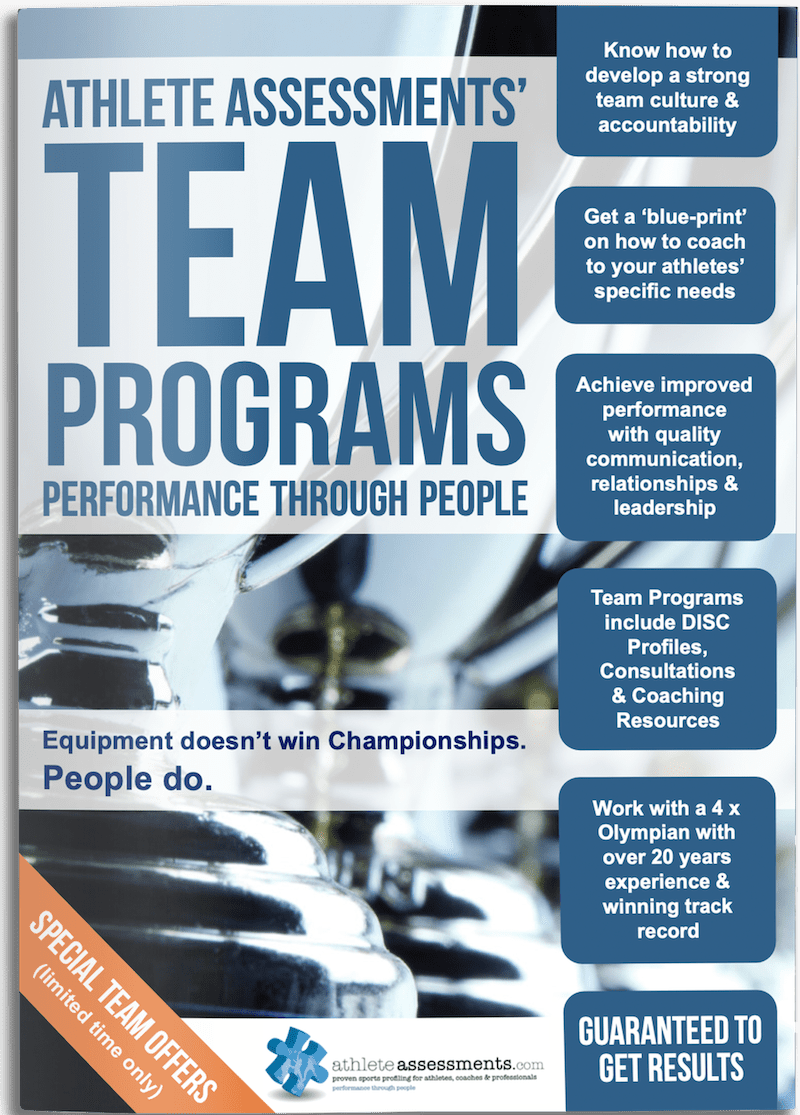
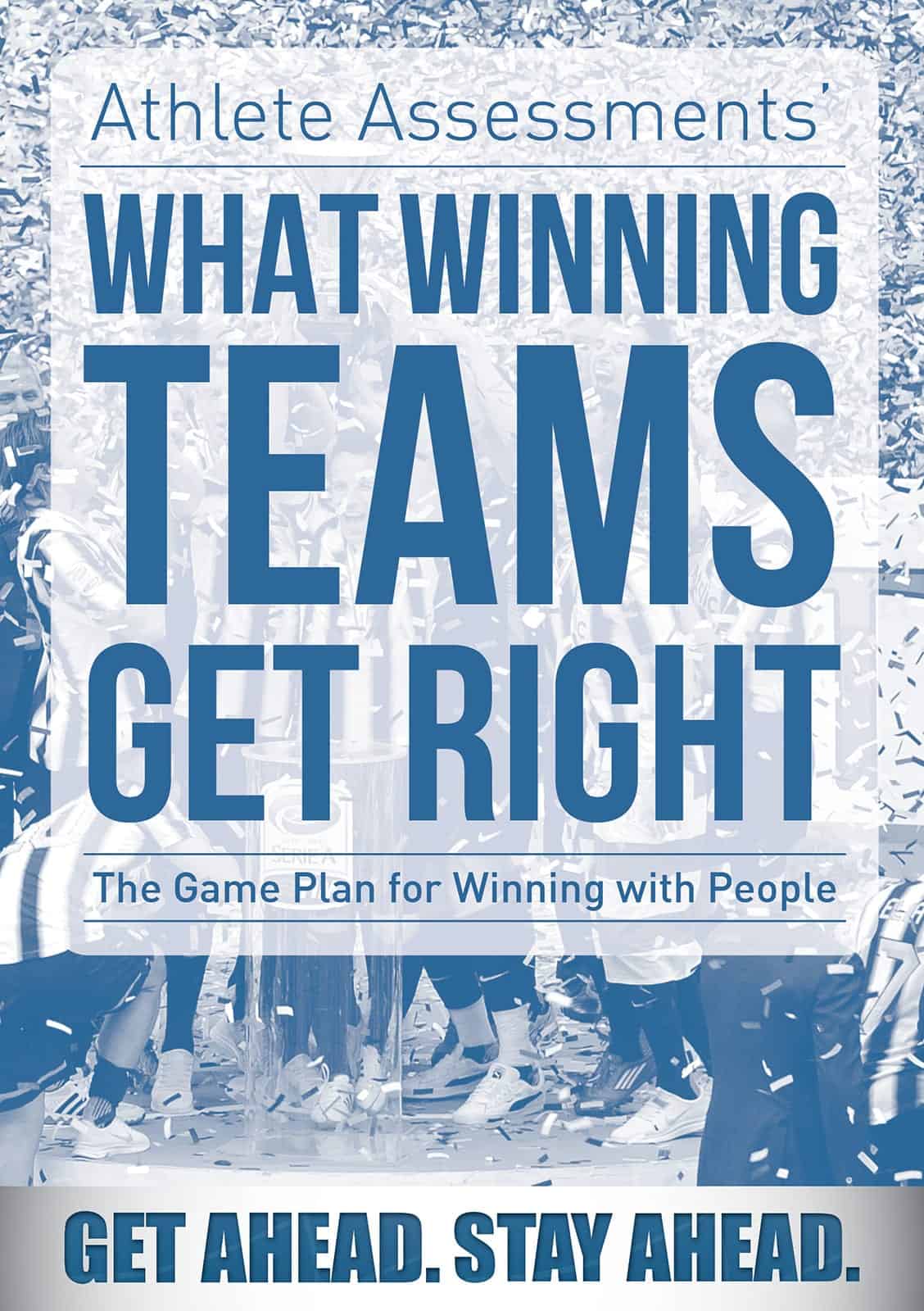

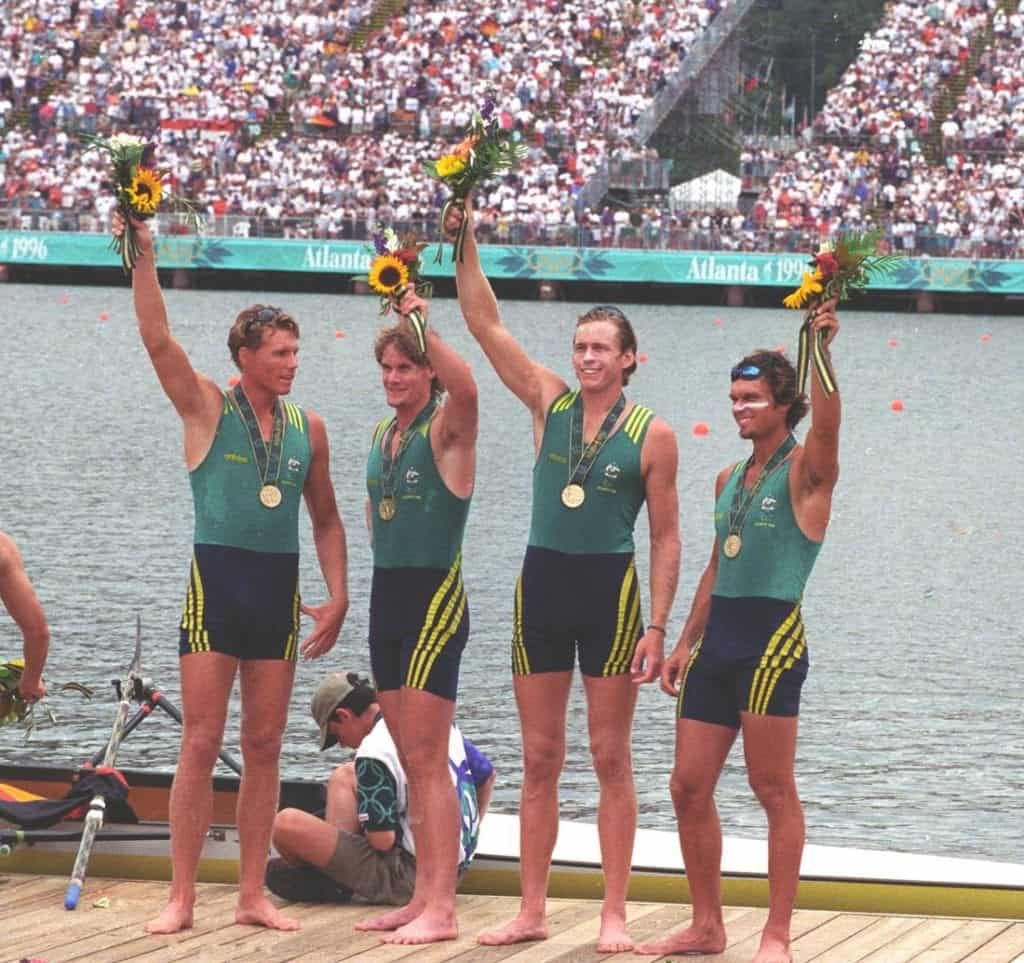
1 thought on “Momentary Vs Sustained Adaptations – What this means in Elite Sport”
This is a fantastic article, thanks for sharing!